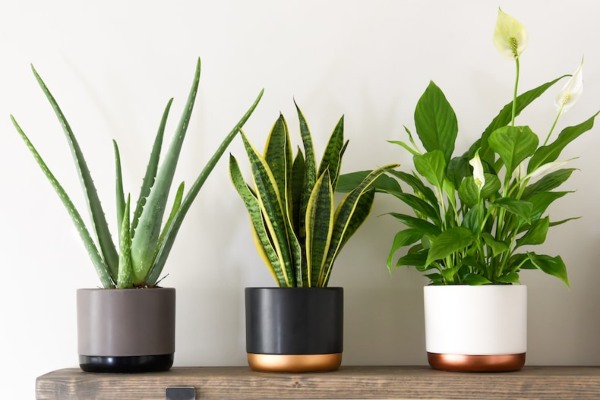If you love gardening but don’t have enough time, then we have your back. You do not require all the time or be great at gardening to raise some greenery indoors. You can pick many easy and low-maintenance houseplants that fit every schedule and skill level, even beginners.
Some of the best low-maintenance indoor plants are spider plants, snake plants, and rubber plants and they are easy to keep alive. There are options for every home type, from dimly lit apartments to a house that has bright and sunny windows. Whatever your preference is, there is a perfect plant for you.
Also, Read All You Need To Know About Polka Dot Plants: Growth, Care, Tips, and More
The best and easiest houseplants to grow
-
Pothos
Pothos are one of the easiest houseplants to grow and care for and they are almost impossible to kill. They are trailing plants that can grow up to 10 feet or more. Pruning these plants helps them stay fuller at the base. Each cutting can be rooted in water so that you can create more plants.
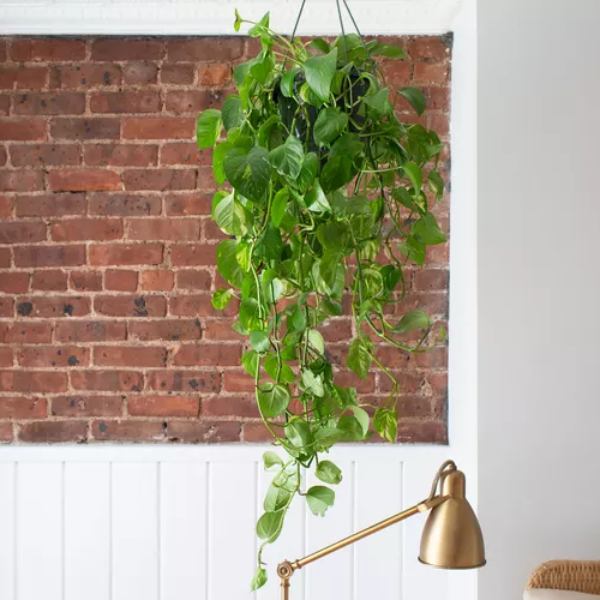
Pothos prefer to dry out between waterings. However, if left dry for too long, their leaves wilt, eventually dry, and fall. They can tolerate all types of light conditions, even artificial office lights. You can let them trail or provide them support or trellis. There are various variegated and golden varieties available.
- Name: Epipremnum
- Light: Full sun to partial shade
- Water: Allow soil to dry completely in between each watering
- USDA Zones: 10-12
2. Spider Plant
We often grow spider plants in hanging baskets and they can reach two to two and a half feet wide and two to three feet long. Since their roots tend to fill a pot, repotting this houseplant might be a necessity every couple of years.
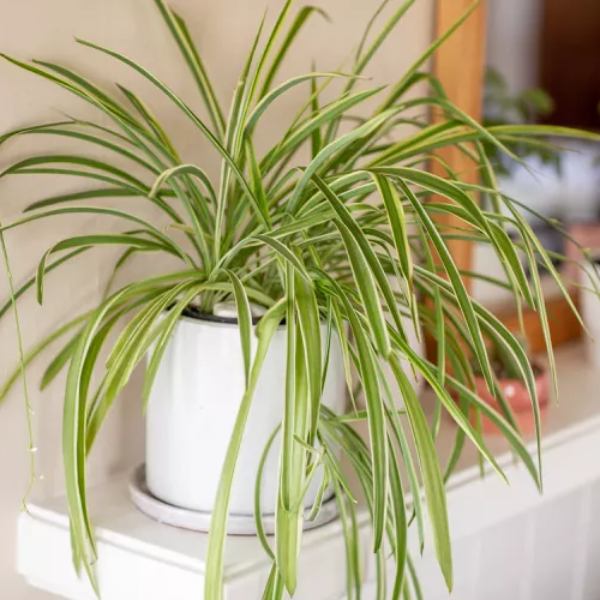
One tip is when you see dangling babies starting to form roots, remove them from the mother plant to propagate more spider plants.
- Name: Chlorophytum comosum
- Light: Partial, shade
- Water: Regular watering; keep moist but not soggy
- USDA Zones: 9-11
3. ZZ Plant
These houseplants are very easy to care for and require minimum care. These plants require bright, indirect light and water every couple of weeks. ZZ grows from rhizomes which will help them store water under the soil, making them drought-tolerant plants.
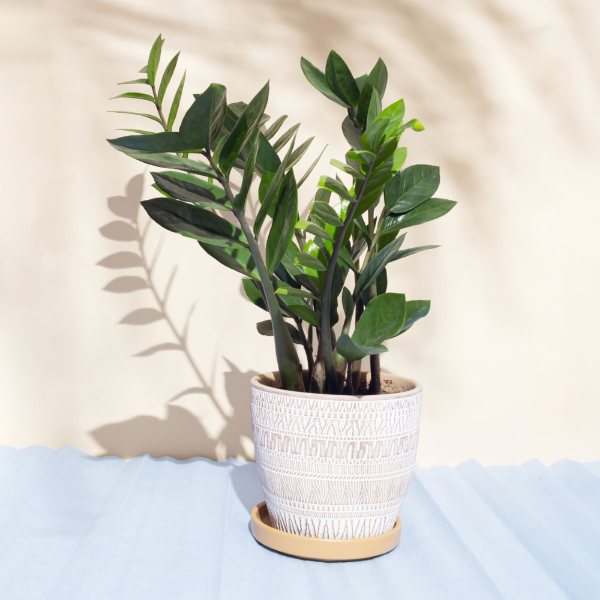
- Name: Zamioculcas zamiifolia
- Light: Bright, indirect light
- Water: Water once every couple of weeks
- USDA: 9-11
4. Monstera
Also known as the split-leaf philodendron, the monstera deliciosa has glossy, heart-shaped leaves that have a characteristic split. This climbing evergreen can grow about 1 to 2 feet a year. This easy-to-grow plant thrives in warm, humid weather with partial shade and needs a deep pot with well-draining soil when kept indoors.
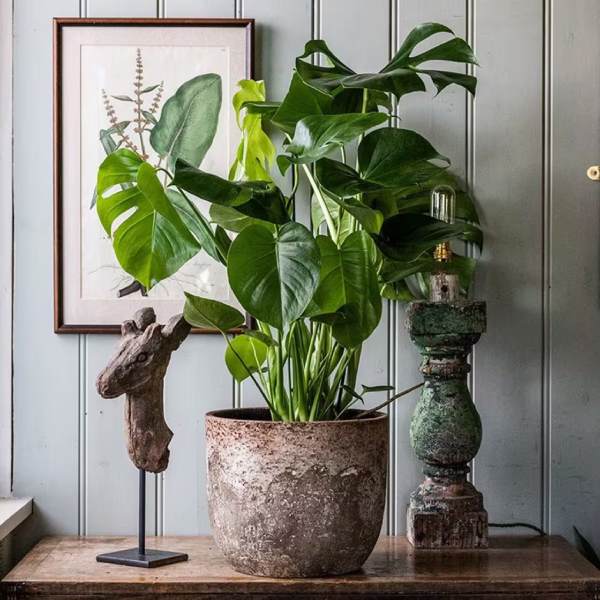
- Name: Monstera deliciosa
- Light: Partial shade
- Water: Regular watering
- USDA Zones: 10-12
5. Philodendron
Philodendrons are fast-growing houseplants that require warmth and moisture so they must be kept near a sunny window. They can not tolerate direct sun as their leaves are very sensitive and can be burned easily. If you’re keeping one indoors, place it by a window that gets bright, indirect light.
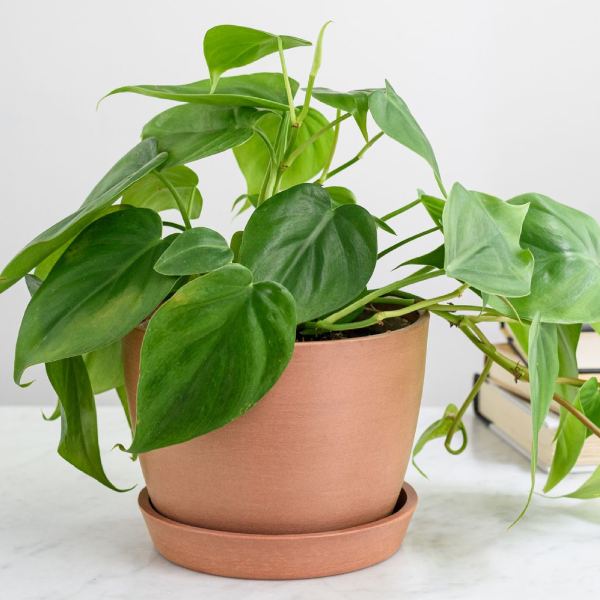
Increase humidity around your philodendron if you live in a dry climate using a humidifier or fine mist spray bottle. Philodendrons come in two different types: vining and non-climbing. The vining varieties require a trellis, while non-climbers grow upright.
- Name:Philodendron spp.
- Light: Bright, indirect light
- Water: Water once the top layer of soil has dried
- USDA Zones: 9-11
6. Snake Plant
Snake plants are one of the longest-living and easy-to-care for plants. They are tolerant of low light. While watering, make sure you’re not giving it more than required or else it will rot. During the winter, only one or two waterings are necessary indoors, depending on the humidity level of your place. Variegated forms require more light and can be tough to grow.
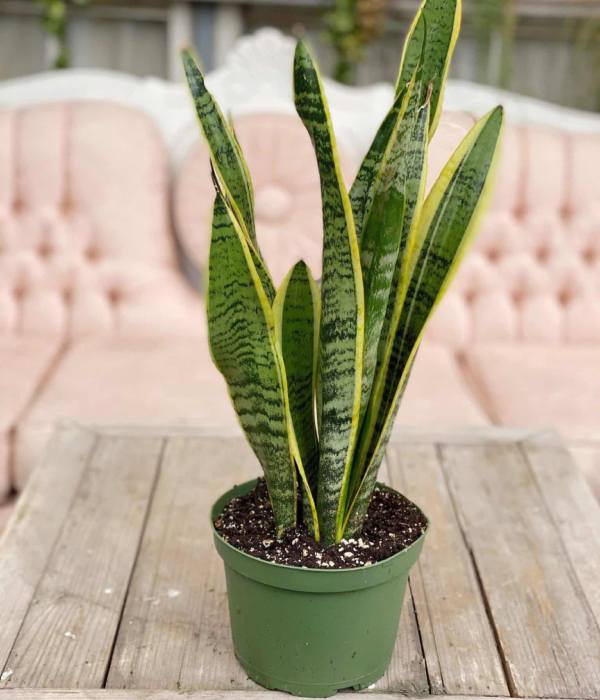
- Name: Sansevieria
- Light: Sun to partial shade
- Water: Sparingly
- USDA Zones: 10+
7. Aloe
Aloe vera plants are useful as medicinal plants as well. Their sap is used as a skin moisturizer and to heal minor cuts and ease burns. While it has its pros, it is also an attractive plant. Since it is a succulent, it requires very little water and loves bright light, but not direct sun, mainly in cooler climates.
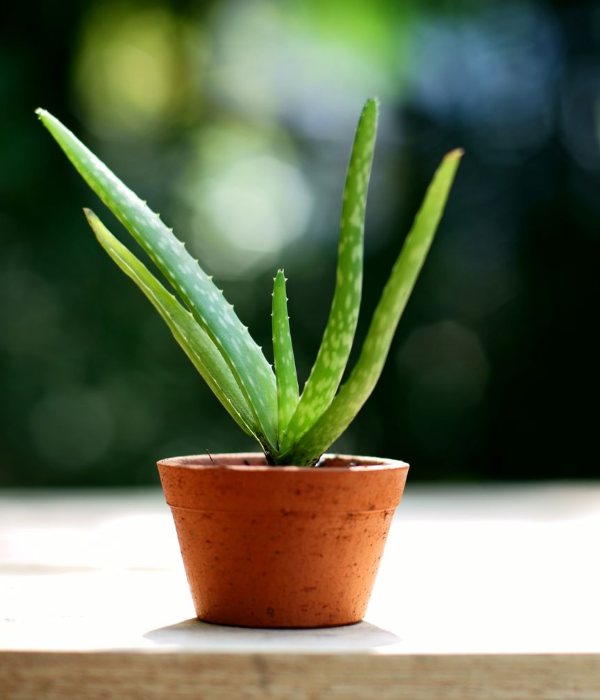
You can grow aloe in the same container for years. If you’re thinking of using some leaves, don’t remove more than a third of the plant at a time.
- Name: Aloe Vera
- Light: Full, partial
- Water: Regular watering; allow soil to dry completely in between each watering
- USDA Zones: 8-11
8. Cast Iron Plant
The cast iron plant is known for surviving under the worst of conditions, even outdoors in the deep shade. It likes low light. Its leaves are pointed like a sword and grow about four inches wide and two feet long. It grows in clumps and will occasionally flower when indoors. A variegated version is available with white stripes and the ‘Milky Way’ is studded with white dots.
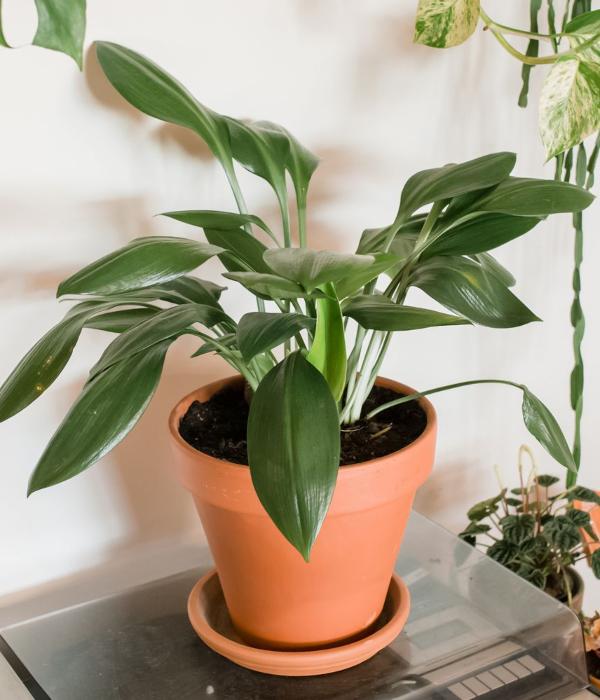
- Name: Aspidistra elatior
- Light: Partial, shade
- Water: Minimal
- USDA Zones: 7-9
9. Chinese Evergreen
This plant is one of the most forgiving and can easily adapt to most indoor conditions although it hates drafts or prolonged temperatures below 60 degrees Fahrenheit.
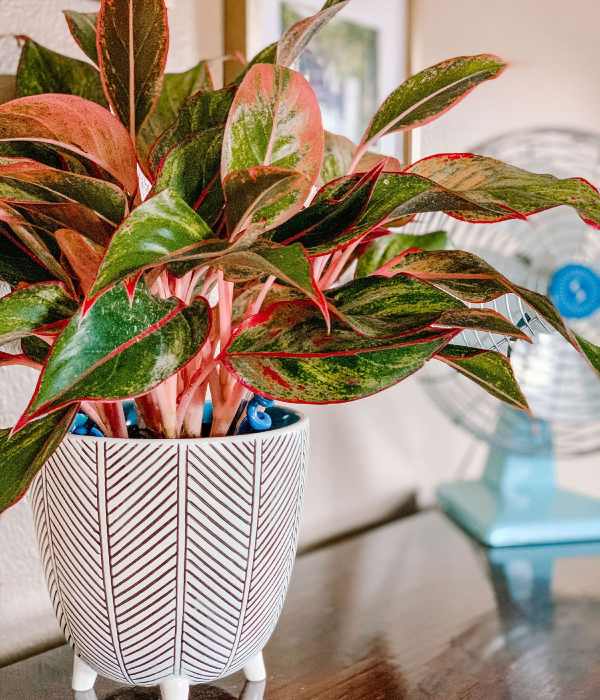
It likes low to indirect sunlight, so allow the soil to remain dry for a few days before you re-water. Most of its varieties have some type of variegated leaf making them even more attractive.
- Name: Aglaonema
- Light: Partial, full
- Water: Minimal
- USDA Zones: 6-9
10. Holiday Cactus
This is a trailing member of the cactus family that makes deep pink or red flowers during the start of winter. When ignored, this plant does best. It can handle low light as well but will give more plants when provided with bright light. Pruning the holiday cactus after blooming will keep it bushy and full.
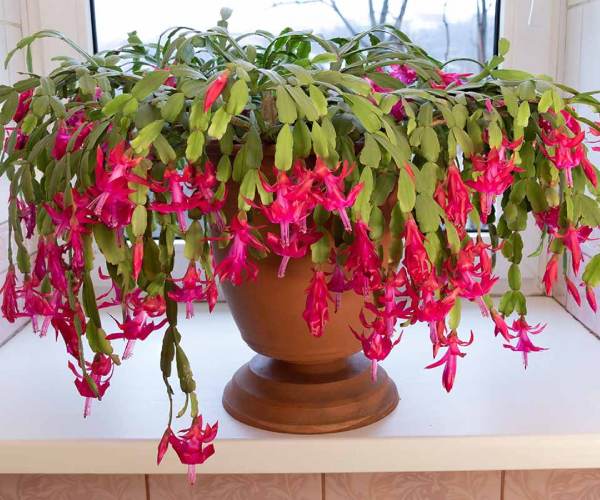
- Name: Zygocactus or Schlumbergera
- Light: Partial
- Water: Water whenever the soil has completely dried; water two to three times weekly during the summer months
- USDA Zones: 9-11
11. Jade Plant
One of the most popular houseplants, the jade plant is popular for its thick, glossy leaves. This plant needs plenty of sunlight to grow lush and healthy so keep it in the brightest room in your home.
The tricky part about growing a healthy jade is knowing the watering amount. While too little water will result in dropping leaves, too much water can cause their roots to rot. So, allow the soil to completely dry before watering them again. But, don’t keep them thirsty for too long.
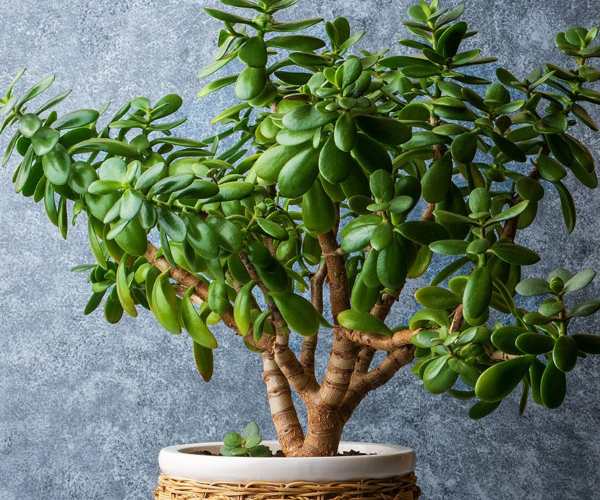
- Name: Crassula ovata
- Light: Full
- Water: Frequent
- USDA Zones: 10-11
12. Peace Lily
The most eye-catching feature of a peace lily is its flowers. The white flowers are the long, thin white pannicles and are surrounded by a white leafed structure named spathe.
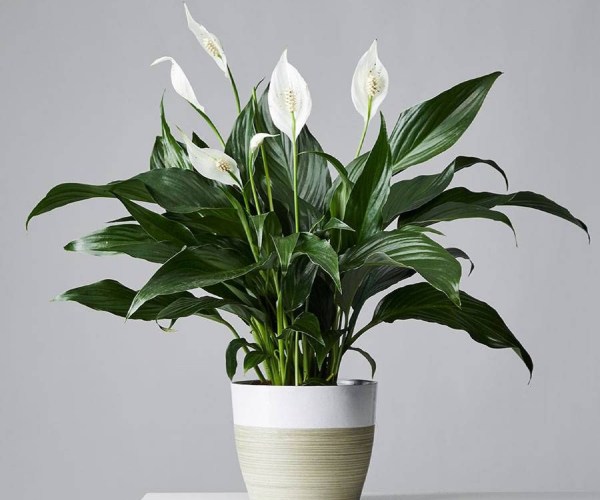
The spathe is bright white but fades to yellow or green with age. Peace Lily loves warm, humid conditions and light. It also requires infrequent watering. You can grow it healthy in your home if you do not keep it near drafts or rooms that are not unheated for a long time.
- Name: Spathiphyllum
- Light: Partial Sun
- Water: Light, infrequent watering
- USDA Zones: 11-12
FAQs
Q: What is the hardest houseplant to take care of?
A: On the other end of the spectrum from hard-to-kill houseplants, some common examples of high-maintenance plants include fiddle leaf figs and orchids. They can be quite sensitive to their light and moisture conditions.
Q: What are the best air-cleaning indoor plants?
A: The best indoor houseplants that can help clean and purify the air are the peace lily, spider plant, aloe, rubber plant, English ivy, and more.
Q: How do I choose a houseplant as a beginner?
A: When you’re first getting started with houseplants, your best bet is to choose varieties that are hardy, adaptable, and tolerant of various types of light exposure and water schedules.
Also, Read Transform Your Bathroom With These 12 Plants
